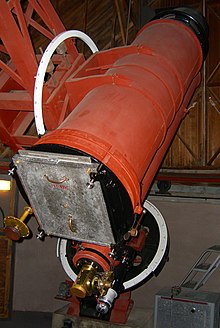Big news about Belmead in Powhatan! As many of you know, we have developed a partnership over the past few years with Belmead in Powhatan, a beautiful, historic and relatively convenient dark sky location. We have held joint observing and outreach education events at Belmead near the mansion and at more light-shielded sites on the property. Unfortunately, the owners of the property, Sisters of the Blessed Sacrament in Philadelphia, have decided to sell the entire 2,200 acre tract. The local Virginia staff at Belmead was not involved in the decision and this turn of events was very much a surprise to them. More information is presented in this article by Laura McFarland in the RTD and Powhatan Today.
A Change.org petition has been created to request reconsideration of the decision to sell. Please consider signing the petition to support efforts to preserve Belmead. A link to the petition is here.

